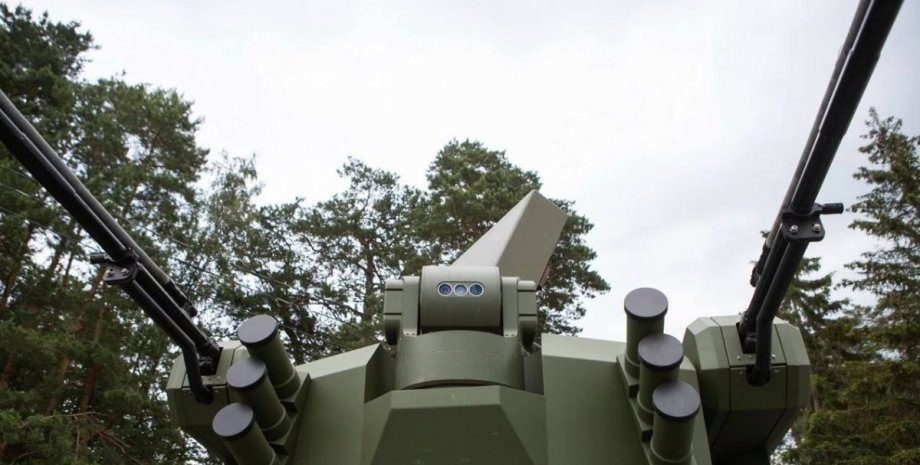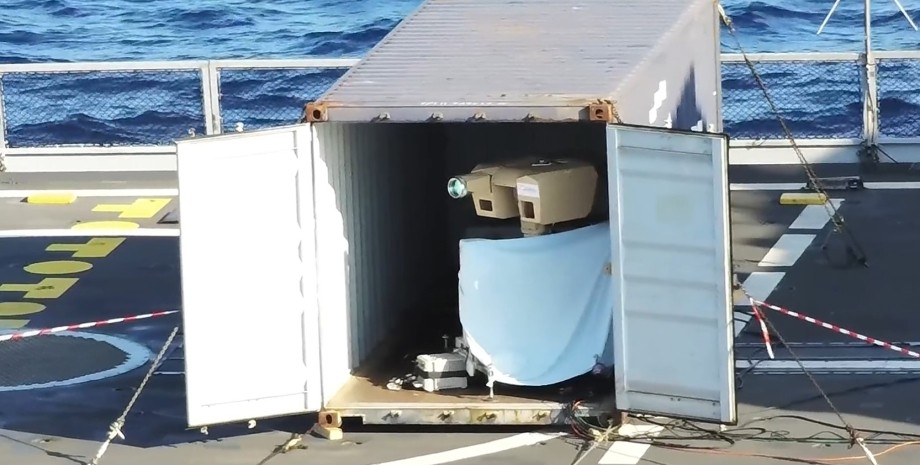
 By Victor Duda
By Victor Duda
The video shows the Start and Flight of the Removier Rocket, which started with a compact container with a rectangular section. And the anti-aircraft missile itself is equipped with a combat part from a grenade launcher fragmental ammunition. According to the developers, the target range of the new MAZRC is 1. 5-2 kilometers, and the maximum speed of the interceptor is more than 450 kilometers per hour. This sample of weapons was paid to the analysts of the Defense Express.
According to them, in June the creators described the sample as "made by students in six months. " However, at the stage of preparation for mass production, arrangements with the Hermes industrial group (Hermes) were reached, which involves the transition from amateur assembly to industrial. Analysts have noted a number of constructive solutions that are of some interest.
First, 3D printing methods are used for the cheaper and acceleration of production, both for the starting installation and for the housing of a miniature solid fuel rocket. Secondly, an optical system based on machine-based methods is chosen as a means of guidance, while traditional GSN (IR-heads of self-alignment) and laser systems were found to be less suitable for the conditions of interception of small and fast UAVs.
In addition, the current test stage uses FPV-piloting-the operator manages the "from the first person" rocket to work out the trajectory and maneuverability. The developers note that the experience of driving helps to "prove" the rocket at speeds of about 360-500 km/h; For comparison, typical anti-aircraft drones reach a speed of 300-350 km/h. This is, of course, lower than the classic MAS, which are designed to defeat high -speed goals, but this is enough to intercept drones.
At the same time, the method of complement requires greater skills from the operator, and this respectively rests on the longer training of fighters. In conclusion, analysts emphasized that the project has a rather effective appearance, but there are some open questions. The fact is that this method of damage (kinetic contact or explosive load) requires accurate guidance at high relative speeds of the target and rocket - this requires a very rapid reaction from the operator.










All rights reserved IN-Ukraine.info - 2022